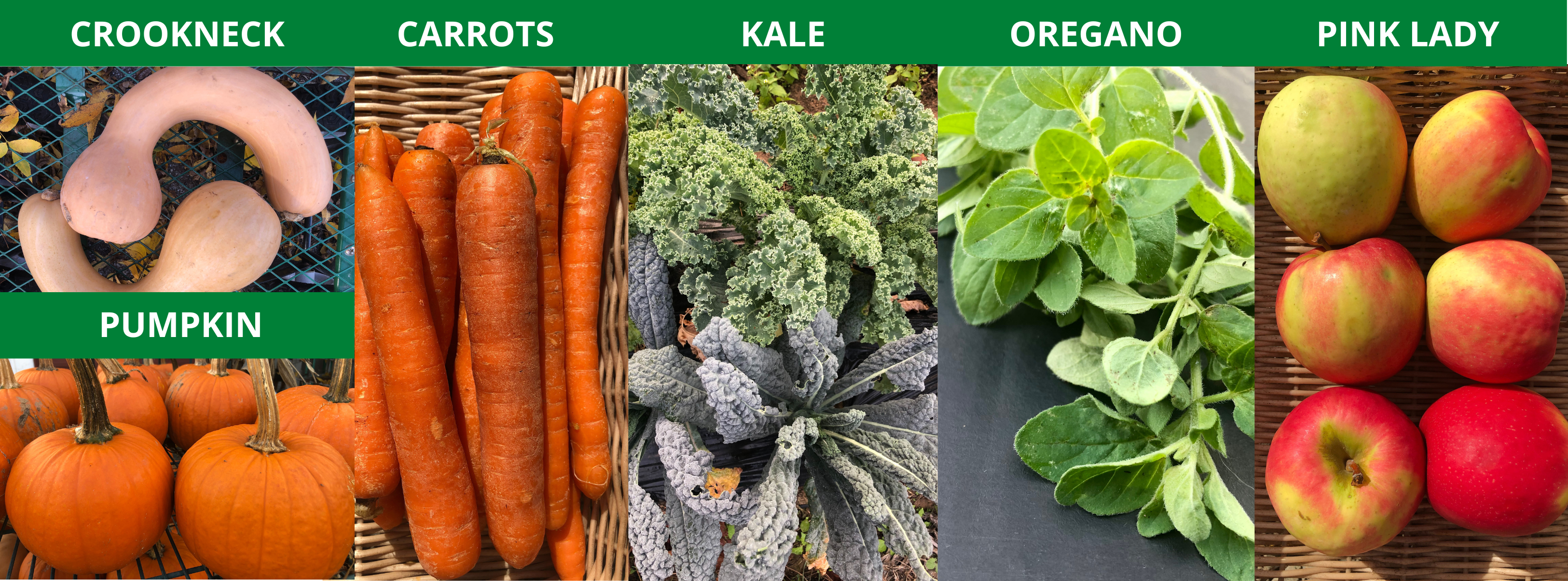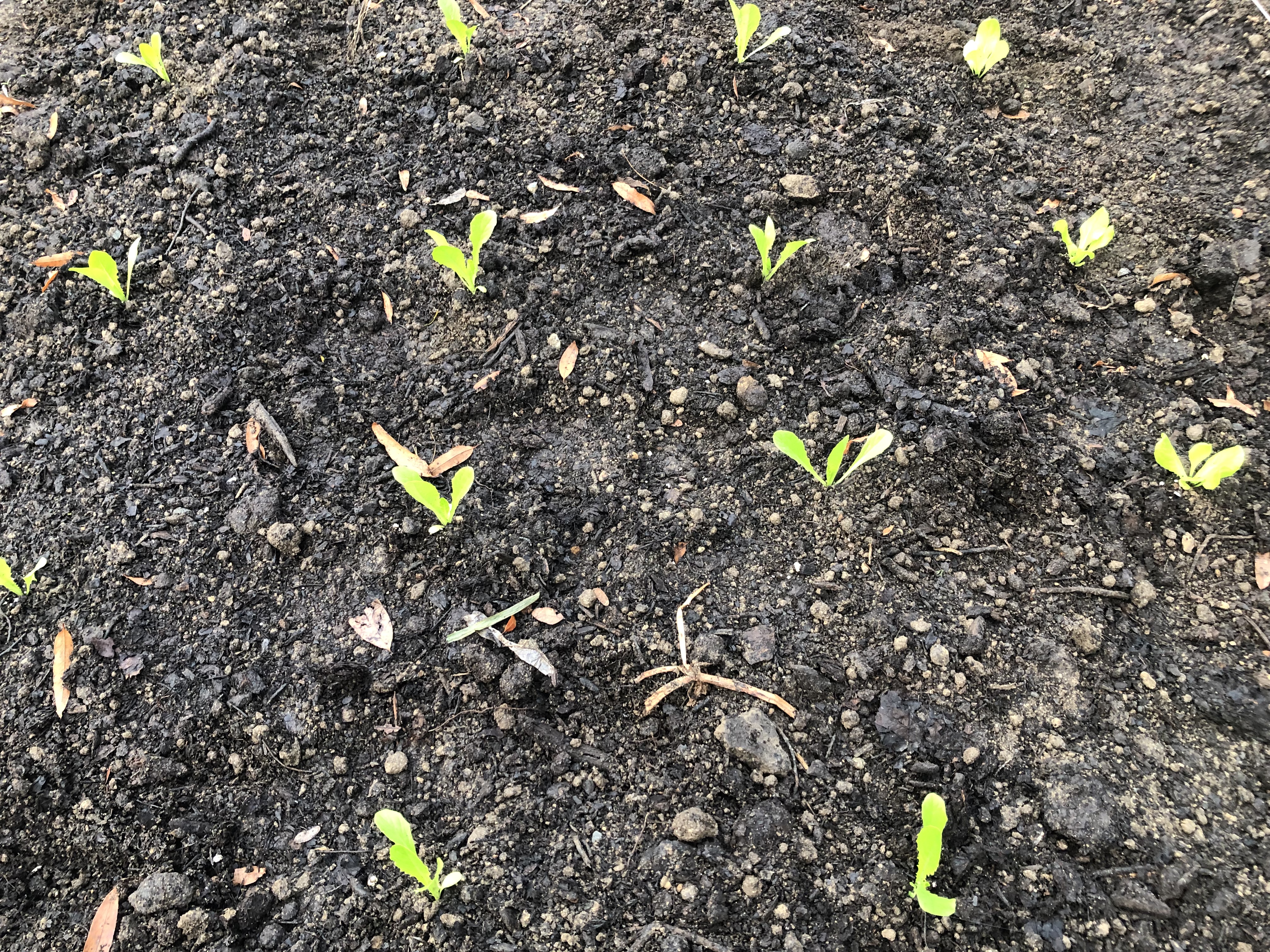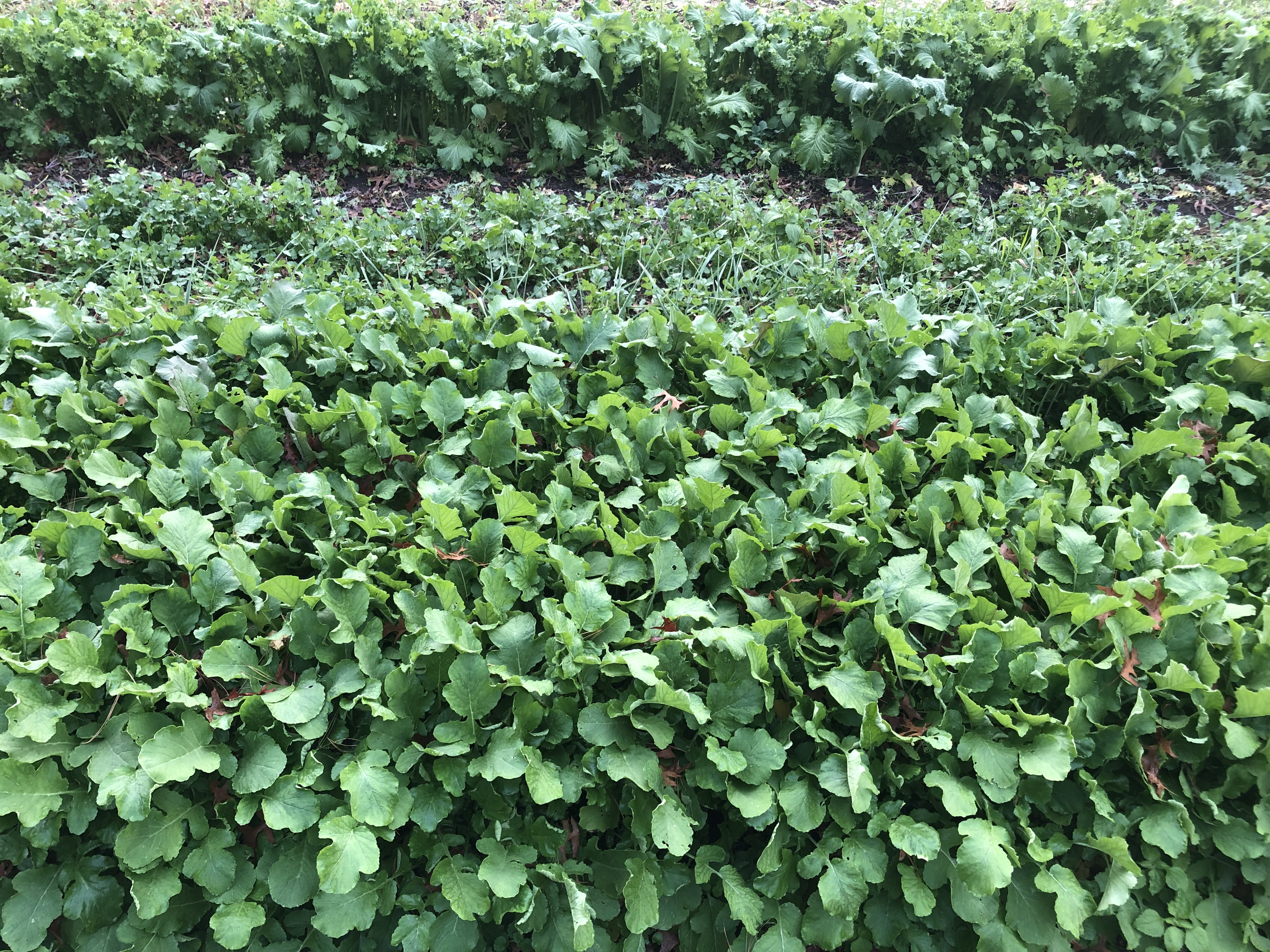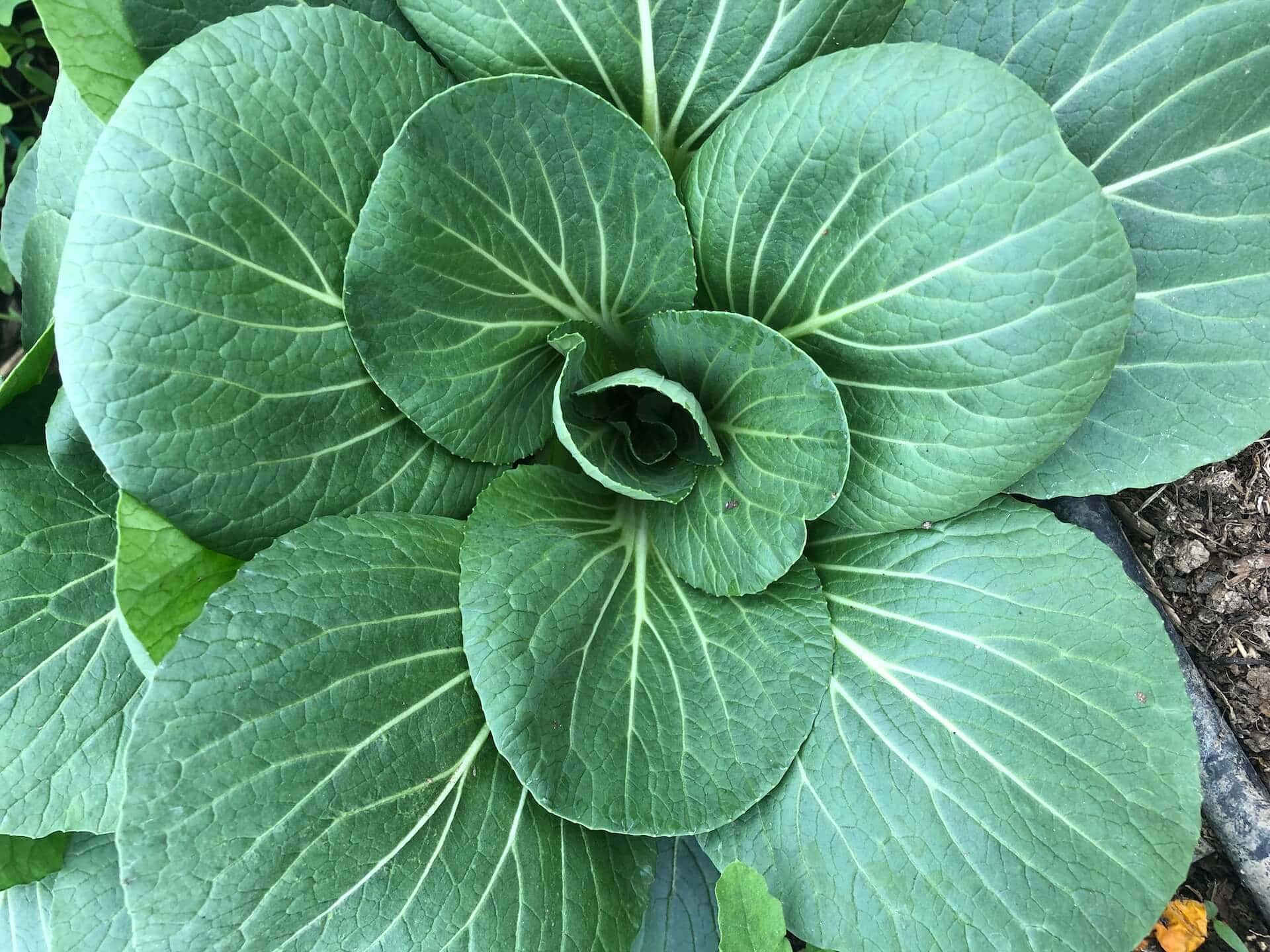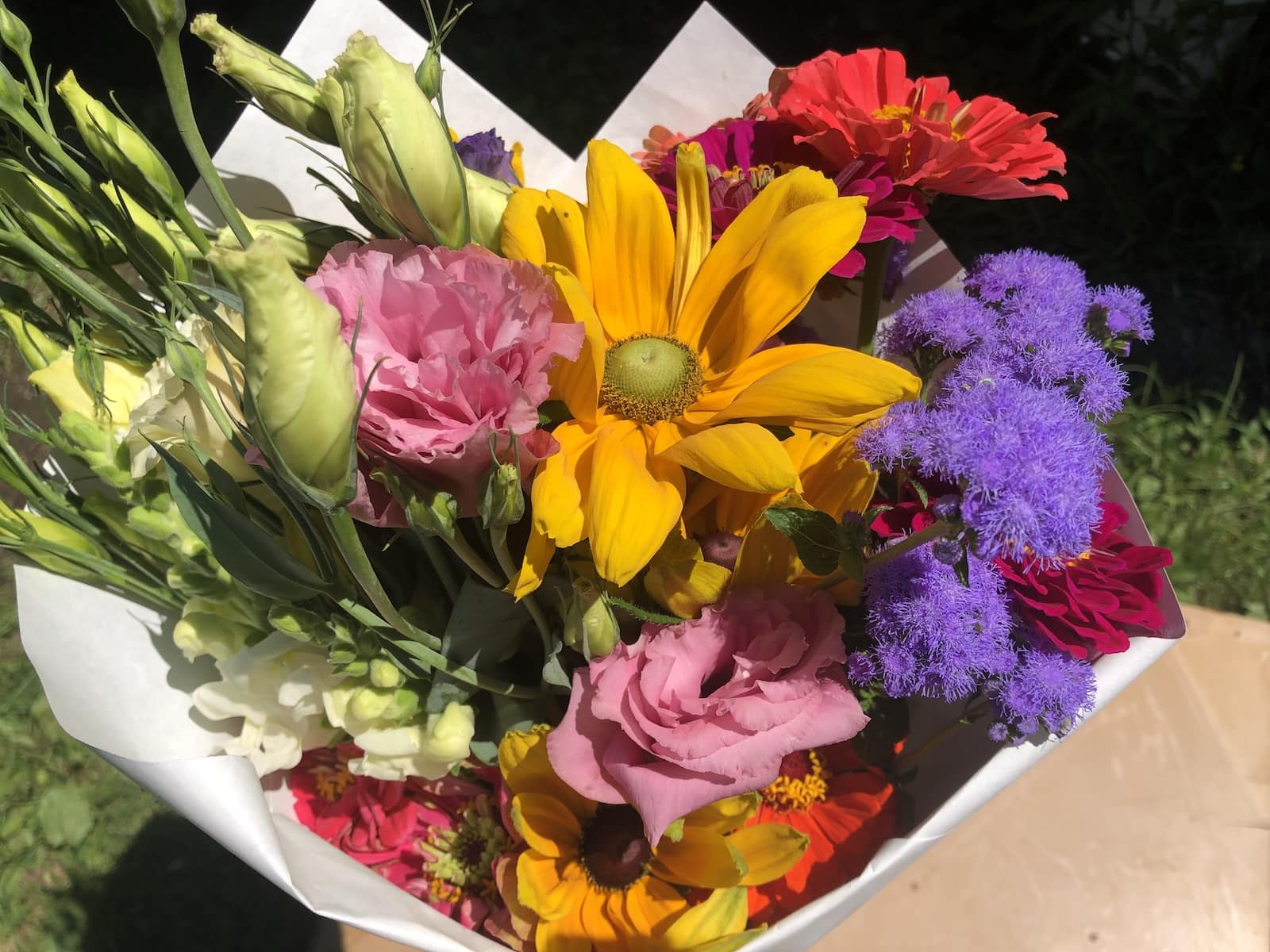This post may contain affiliate links. Probably doesn’t, but it might. It doesn’t cost you anything extra but if you use these links to buy something, we may earn a commission.
This post may contain affiliate links. It doesn’t cost you anything extra but if you use these links to buy something, we may earn a commission.
Weeds, the bane of gardeners and farmers alike. If you blink they can take over your plot, hindering the harvest you wanted.
So you just have to plan for them when you try to grow something. Your options are to spray them, burn them, prevent them, pull them, or ignore them.
We don’t spray, so that knocks that option out. (There are organic herbicides out there, but there is always the risk to damaging the plants you want to keep and to damaging the soil. Plus, you have to actually read the directions and we don’t like to do that any more than we have to).
We’ve tried burning in the past. You use a propane torch to fry the plants. Helpful for plants that are hard to pull. Plus, fire is cool (safely used of course!).
The problem is you can’t tell right away what you’ve torched so you may come back in a couple days and find you didn’t torch the weeds well enough or you misjudged the distance and torched the plants you actually wanted to grow. And you have to lug around a tank of propane.
So torching has it’s uses, but it’s not a frequently used weed management tool for us.
Preventing weeds involves using mulch.
We use leaf mulch for our perennial herbs and berries.
In the fall we get loads and loads and loads of leaves delivered. If you’re ever in our parking lot in the fall and you see a gigantic truck trying to back up, it’s likely our leaves. Then throughout the next 12 months those leaves will get spread around plants (and mixed in with unsalable produce to make compost).
(For many various reasons we cannot take your leaves, sorry. But you can keep your leaves to use as mulch in your garden next year; I’ve already dumped a couple loads in my garden to put parts of it to bed for the winter).
And we use plastic mulch (rolls of plastic) for longer growing annuals, such as kale, eggplant, and cut flowers.
You can see a video of Matt putting the plastic down here. Drip tape irrigation is put underneath the plastic so we can apply water all season. We’ll make holes in the plastic where we’ll plant the plants. The plants can grow through the holes and all the plastic surrounding them prevents the weeds from growing.
The mulch – both plastic and leaves – will keep the ground moist and will prevent most weeds from coming through. No weeds coming through means no weeds to pull.
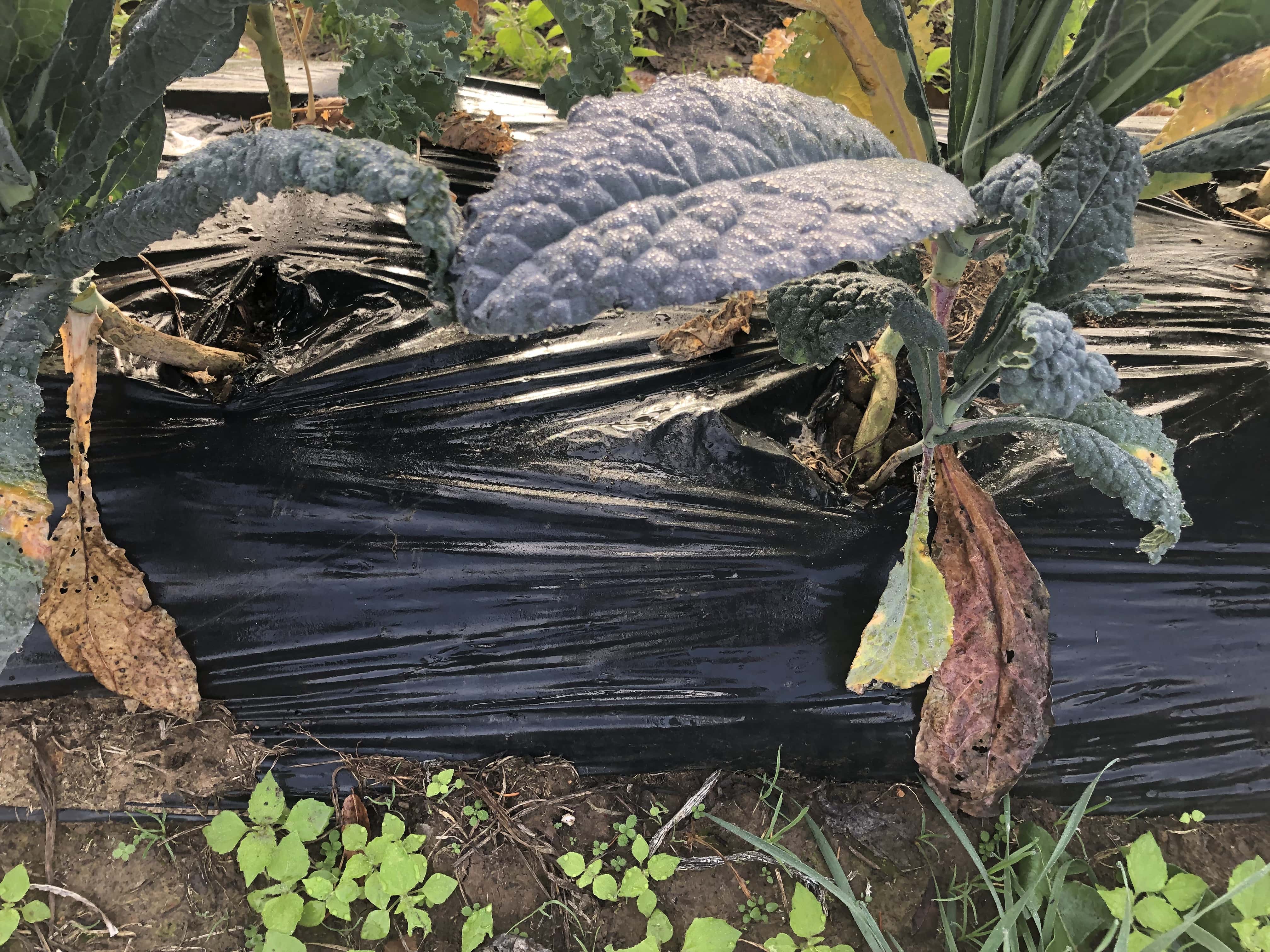
That leaves pulling and ignoring. And for the short season crops, such as lettuce and scallions, we do a bit of both.
We start out with a bed that is as weed free as possible. Bare ground except for the plants we want. And then we’ll pull weeds usually just one time – and sometimes not at all – halfway through the this crop’s growing season. Because, essentially, we can harvest before the weeds become competition after their second growing round.
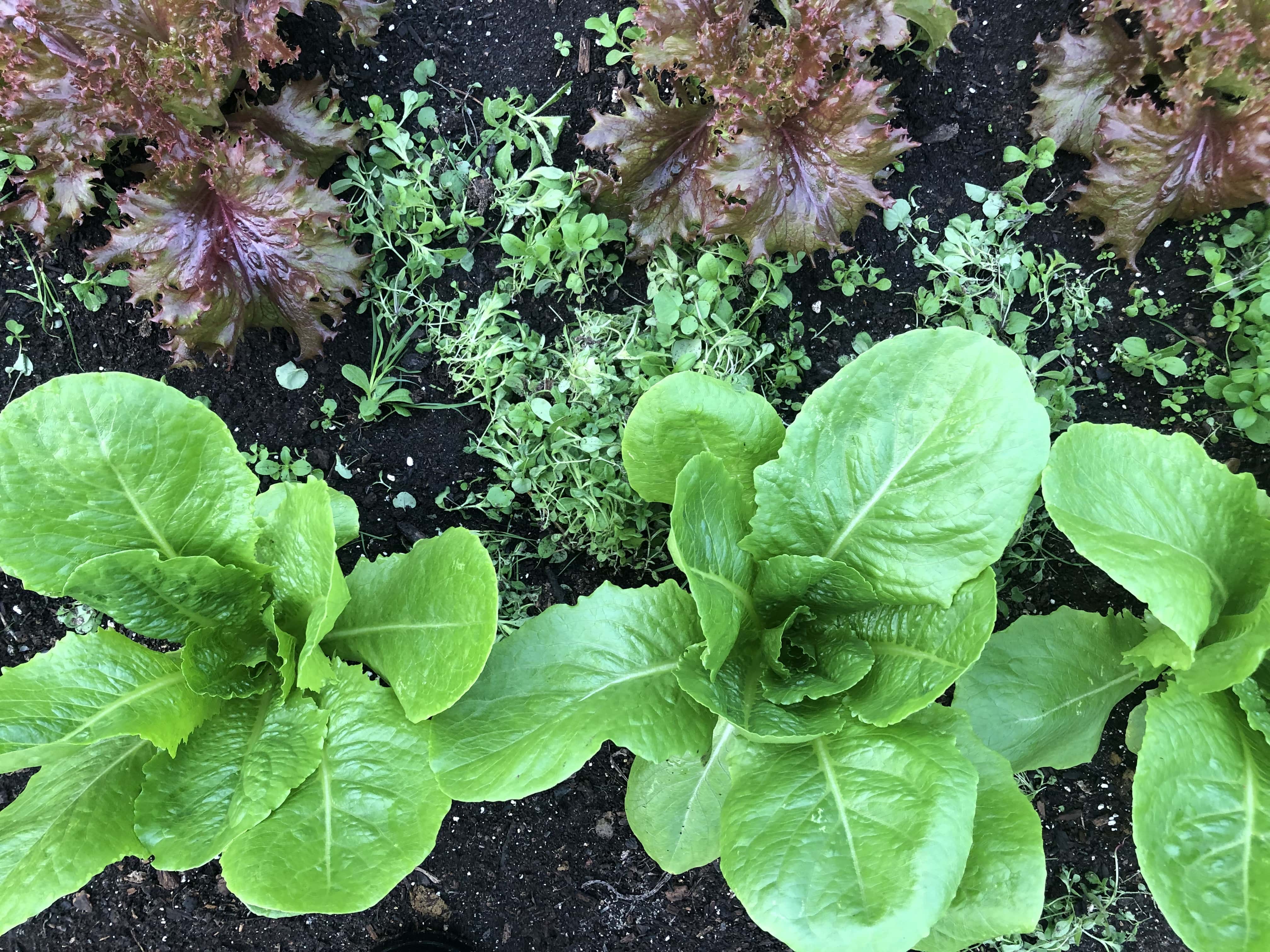
Some crops grow fast enough and densely enough, that we don’t have to weed at all (looking at you, daikon, in the foreground on bottom left picture. We are not looking at the weeds behind the daikon though. Nope. Not at all).
The three yellow trees above are some of the pawpaws. These three serve as the shade for our summer starts, keeping the little plants from frying in the August sun.
We’re looking to add in more pawpaw trees and are currently having a debate on if we should get more that are wild cultivars or hybrids. The hybrids have fewer seeds, meaning you get more fruit in each fruit, while the wild-types have better flavor. Decisions decisions.
If you’ve had both a hybrid and wild cultivar pawpaw and have an opinion on which is better eating, please let us know.
Also, isn’t it just so cool that white cauliflower turns purple when it sprouts? (it is getting ready to form flowers)

Seasonal Inspiration
Harvard Beets (make now and freeze for Thanksgiving)
Roast Pumpkin, Spinach and Feta Salad
celery root, bacon, and parmesan rosti
